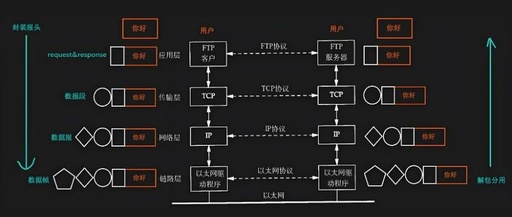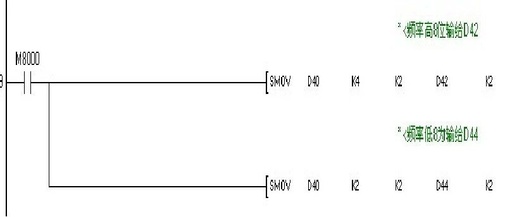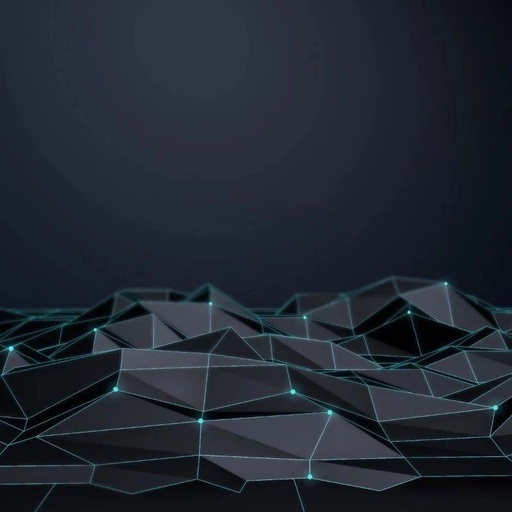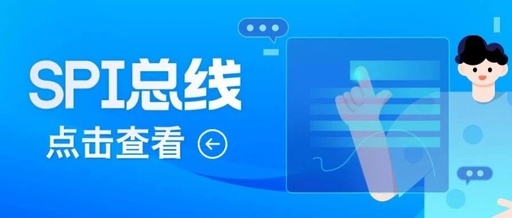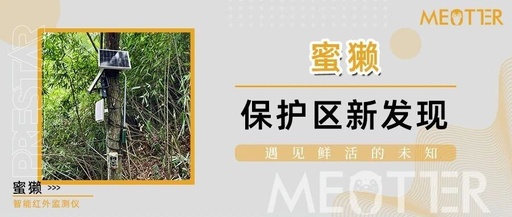Introduction to the Network World: Exploring the Linux Network Protocol Stack
In this era of data flying everywhere, information is like the stars in the universe, densely packed and countless. So how are these stars connected? What do they rely on? They rely on —network protocols! When it comes to the best partner of network protocols, we must mention the heavyweight of the open-source community —Linux. … Read more
